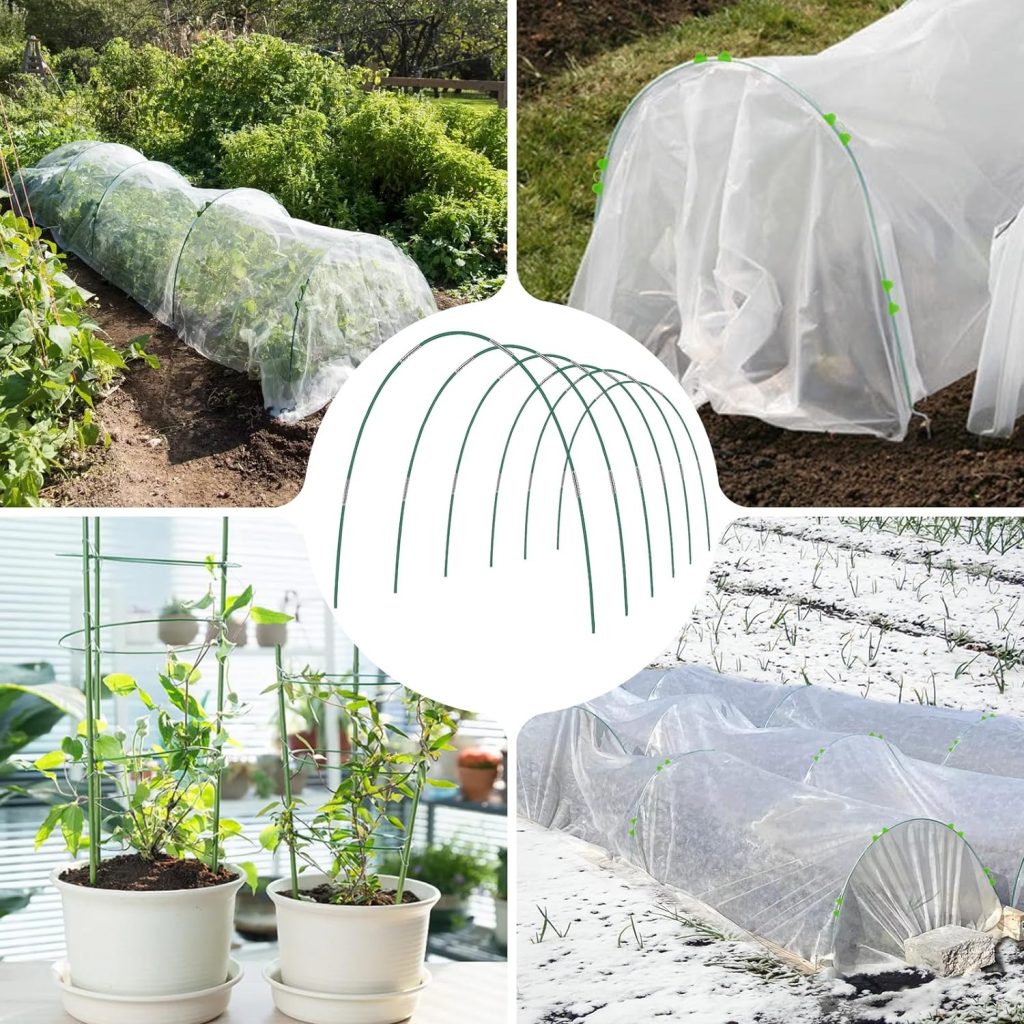Grow Tunnel
*As an Amazon Associate, I earn from qualifying purchases. Please see our disclosure to learn more.
A grow tunnel, also known as a hoop house or polytunnel, is a type of structure used in agriculture and gardening to extend the growing season, protect crops from adverse weather conditions, and create a controlled environment for plant growth.
Typically, a grow tunnel consists of a series of hoops made from metal, PVC, or other materials, covered with a layer of polyethylene plastic or other translucent material. The hoops are anchored into the ground, and the plastic covering is stretched over them to create a tunnel-shaped enclosure.
Benefits of a Grow Tunnel
Here are some key benefits of using grow tunnels for gardening:
- Season Extension: Grow tunnels are useful for extending the growing season by providing a warmer microclimate for plants. You can use them to start crops earlier in the spring or extend their growth into the fall and winter months.
- Protection from Weather: Grow tunnels offer protection from adverse weather conditions such as frost, wind, hail, and excessive rain. The plastic covering helps to retain heat, while also providing a barrier against precipitation and wind.
- Pest and Animal Control: The enclosed environment of grow tunnels can help to deter pests and animals from accessing crops, This eliminates the need for harmful chemical pesticides.
- Temperature Control: Some grow tunnels have ventilation systems to regulate temperature and humidity levels inside the structure. This allows growers to create optimal growing conditions for their crops.
- Versatility: Grow tunnels are suitable for growing a wide variety of crops, including vegetables, fruits, flowers, and herbs. They are essential in both commercial agriculture and small-scale gardening.
- Cost-Effective: Compared to a traditional greenhouse, a grow tunnel is often more affordable to construct and maintain. This makes them accessible to a wider range of growers.

